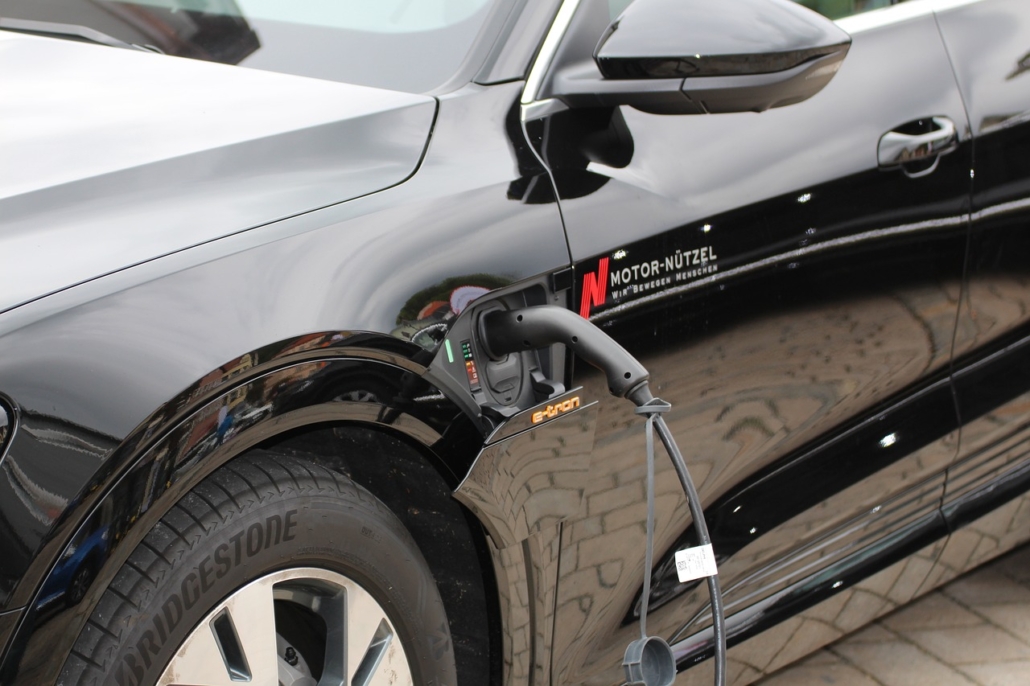Differences Between European and North American EV Chargers
With the rise of electric vehicle manufacturing and adoption, chargers for these vehicles have become an increasingly important topic of conversation. This article will look into differences between European and North American chargers to illustrate what type of difference exists between them.
Europe and North America Offer Different Classifications of EV Chargers
Europe and North America distinguish EV chargers by categorizing them according to four modes. Chargers in Europe fall under either Mode 1 (standard household sockets), Mode 2 (240 V charging stations) or Level 3 (DC fast chargers).
In Europe, electric vehicle chargers can be divided into four categories:
- Charging Mode 1: As the simplest charging method, Mode 1 uses a standard household electrical outlet. It has no additional controls or safety features. Mode 1 chargers are very low power and take longer to charge than other charging modes.
- Charging Mode 2: The mode 2 EV charger, like the mode 1 charger, is a portable device that charges from a standard household power outlet (CEE 16/32A single-phase or three-phase outlets apply). Although slower, the Mode 2 EV charger meets daily charging needs.
- Charging Mode 3: Mode 3 EV chargers are often found in the home and public charging posts and must be connected to designated EV charging posts, usually found in car parks, petrol stations, or garages. Boasting higher charging power and faster speeds than Mode 2, Mode 3 chargers offer efficient yet convenient EV charging solutions that are suitable for public and private facilities alike.
- Charging Mode 4: This charging method offers faster, higher power levels of charging through direct current (DC). Mode 4 chargers are commonly deployed at public charging stations, motorway service areas, or commercial zones to offer convenient and quick charging experiences for their users.
In North America, electric vehicle chargers are classified according to several standards, with the main levels including:
- Level 1 Charging: These chargers offer one of the simplest charging standards available and connect directly to household electrical outlets (typically 120V). While slow, these chargers are straightforwardly installed; simply plugging them in will start charging immediately.
- Level 2 Charging: A Level 2 electric vehicle charger is a high-powered device installed at a dedicated charging post or station that connects directly to a 240V power source and allows EVs to access power more rapidly. They’re ideal for car parks, commercial premises, and home charging stations that require faster charging solutions; their versatile charging options give users greater freedom when faster charges are necessary.
- Level 3 (DC Fast Charging): DC fast or rapid charging refers to Level 3 electric vehicle chargers, commonly referred to as DC fast or rapid charging. As opposed to Levels 1-3 chargers, Level 3 chargers use direct current power from an AC source for faster charging power delivery.
In North America, these types of chargers are commonly seen in highway service areas and used for long-distance travel. Although Level 3 chargers offer significant speed advantages compared with their Level counterparts, they typically require more costly infrastructure investments for efficient charging speeds.
Communication Protocols and Standards in North America and Europe
Communication protocols and standards play a pivotal role in the interoperability of EV chargers. Europe has widely adopted the IEC 61850 communication standard to facilitate seamless interaction between charging stations and EVs for safe, efficient charging. This ensures data exchange to support efficient and safe charging practices.
North America is well known for its Open Charging Point Protocol (OCPP), promoting open source and standardized communication methods. Manufacturer-proprietary protocols further complicate communication environments. Their details highlight the significance of creating global standards to connect charging infrastructure globally.
The following are some North American communication standards and protocols regarding electric vehicle chargers:
-
SAE J1772 (SAE Standard):
The SAE J1772 standard specifies the design and communication protocols for charging plugs and sockets and communication protocols used for AC charging. The standard is generally used for low-power AC charging equipment, such as home EV charging equipment and low-power commercial EV charging stations.
-
CCS (Combined Charging System):
CCS evolved from SAE J1772. However, unlike the J1772 standard, CCS supports both AC and DC charging modes.CCS adds two DC charging contactors to the SAE J1772 receptacle, allowing the same connector to support both AC and DC charging.
-
CHAdeMO:
CHAdeMO is an electric vehicle charging protocol primarily used in Asia; however, some charging stations in North America still support it.
Communication Protocols and Standards in Europe:
-
IEC 61851 (IEC standard):
IEC 61851 is the key standard for electric vehicle charging infrastructure development across Europe and outlines physical connections and communication protocols necessary for slow/medium charging situations using AC charging up to 43 amps for AC fast chargers and medium charging scenarios. Embarking upon IEC 61851 development has significantly streamlined charging infrastructure development while guaranteeing interoperability among charging equipment manufacturers.
-
Type 2 (IEC 62196-2):
This European standard for AC charging connectors supports up to 22 kW, offering reliable physical connections between the charging port and vehicle for slow to medium-speed charging, offering slow charging consistency at slow and medium speeds. Furthermore, Type 2 can also be used with CCS for higher-power DC charging capabilities.
-
CCS:
CCS is Europe’s preeminent DC fast-charging standard. Integrating Type 2 plugs provides up to 350 kW DC charging capability; as part of its rollout, CCS allows European EVs to utilize both AC and DC charging with ease on one infrastructure.
Differences in Voltage between European and North American EV chargers
European nations typically employ three-phase AC power systems with voltages ranging from 230 V to 400 V for charging EVs efficiently.
North American chargers typically utilize 120 or 240-volt AC power and charger outlets follow National Electrical Manufacturers Association(NEMA) standards such as NEMA 5-15 or 14-50; for standard home use the latter provides faster charging. NEMA 5-15 outlets usually provide 120 V, while 14-50 outlets typically supply 240 V for faster charging purposes.
Conclusion
European and North American electric vehicle chargers differ substantially in many respects, from classification systems and connector types to communication protocols and standards and voltage standards.
Classification systems differ between Europe and North America: Europe uses more nuanced mode classification while North America tends to rely more heavily on level classifications. Europe generally utilizes Type 2 and CCS connector types while North America typically favors J1772, CCS, Tesla Supercharger or SAE J1772, CCS, or CHAdeMO standards for connector types (whereas Europe typically utilizes IEC 61851 Type 2).
These variations reflect each region’s distinct development paths and technological preferences for EV charging infrastructure. As the EV market expands, common standards will become ever more essential to ensure ease of charging for drivers of EVs.






Leave a Reply
Want to join the discussion?Feel free to contribute!